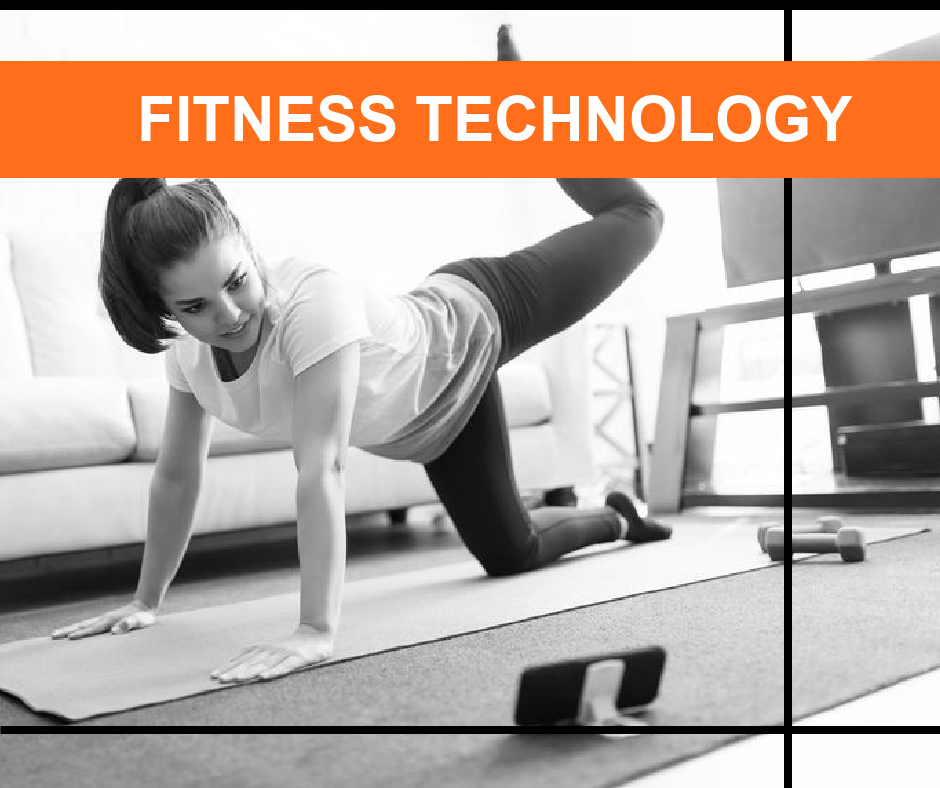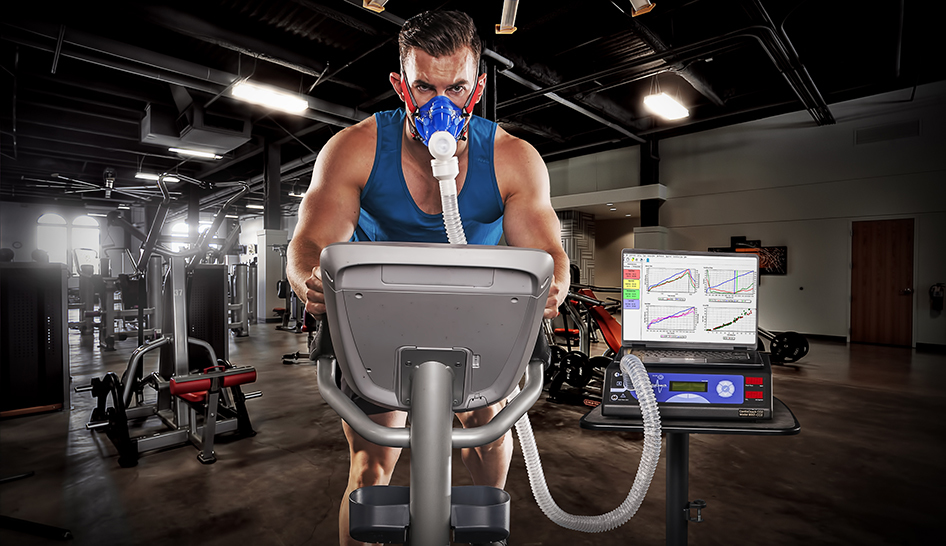 Source: bing.com
Source: bing.comIn recent years, the fitness and wellness industry has seen a significant shift towards incorporating technology into their services. With the rise of wearable technology and the increasing popularity of mobile apps, fitness enthusiasts and health-conscious individuals have access to a wide range of tools to help them achieve their goals.
Wearable Technology
 Source: bing.com
Source: bing.comOne of the most popular forms of fitness technology is wearable devices. These devices, such as fitness trackers and smartwatches, allow users to monitor their physical activity, heart rate, sleep patterns, and more. This data can then be used to track progress and set goals, providing users with a sense of accomplishment and motivation.
Wearable technology has come a long way in recent years, with devices becoming more sophisticated and offering a wider range of features. For example, some smartwatches now include GPS tracking, allowing users to map their routes and track their distance.
Mobile Apps
 Source: bing.com
Source: bing.comMobile apps have also become a popular tool for fitness enthusiasts and wellness seekers. These apps offer a range of features, from tracking workouts to providing healthy recipes and meal plans.
Some apps even use artificial intelligence (AI) to provide personalized workouts and nutrition plans based on the user’s goals and fitness level. This level of customization can help individuals achieve their goals more efficiently and effectively.
Virtual Training
 Source: bing.com
Source: bing.comIn recent years, virtual training has become increasingly popular, allowing individuals to access fitness classes and personal training sessions from the comfort of their own home. This technology has become especially important in the wake of the COVID-19 pandemic, as many gyms and fitness centers were forced to close their doors.
Virtual training can be accessed through a range of platforms, from fitness apps to video conferencing software. This technology has made it easier than ever for individuals to stay on track with their fitness goals, no matter where they are.
Smart Gyms
 Source: bing.com
Source: bing.comAnother trend in fitness technology is the rise of smart gyms. These gyms use technology to provide users with a more personalized and efficient workout experience. For example, some smart gyms use sensors and cameras to track users’ movements and provide real-time feedback on their form.
Smart gyms also often include interactive displays that allow users to access workout videos and tutorials, as well as track their progress over time. This technology can help individuals stay motivated and engaged throughout their fitness journey.
Conclusion
The role of technology in the future of fitness and wellness is clear. As technology continues to advance, individuals will have access to even more tools and resources to help them achieve their goals. From wearables and mobile apps to virtual training and smart gyms, the possibilities are endless.